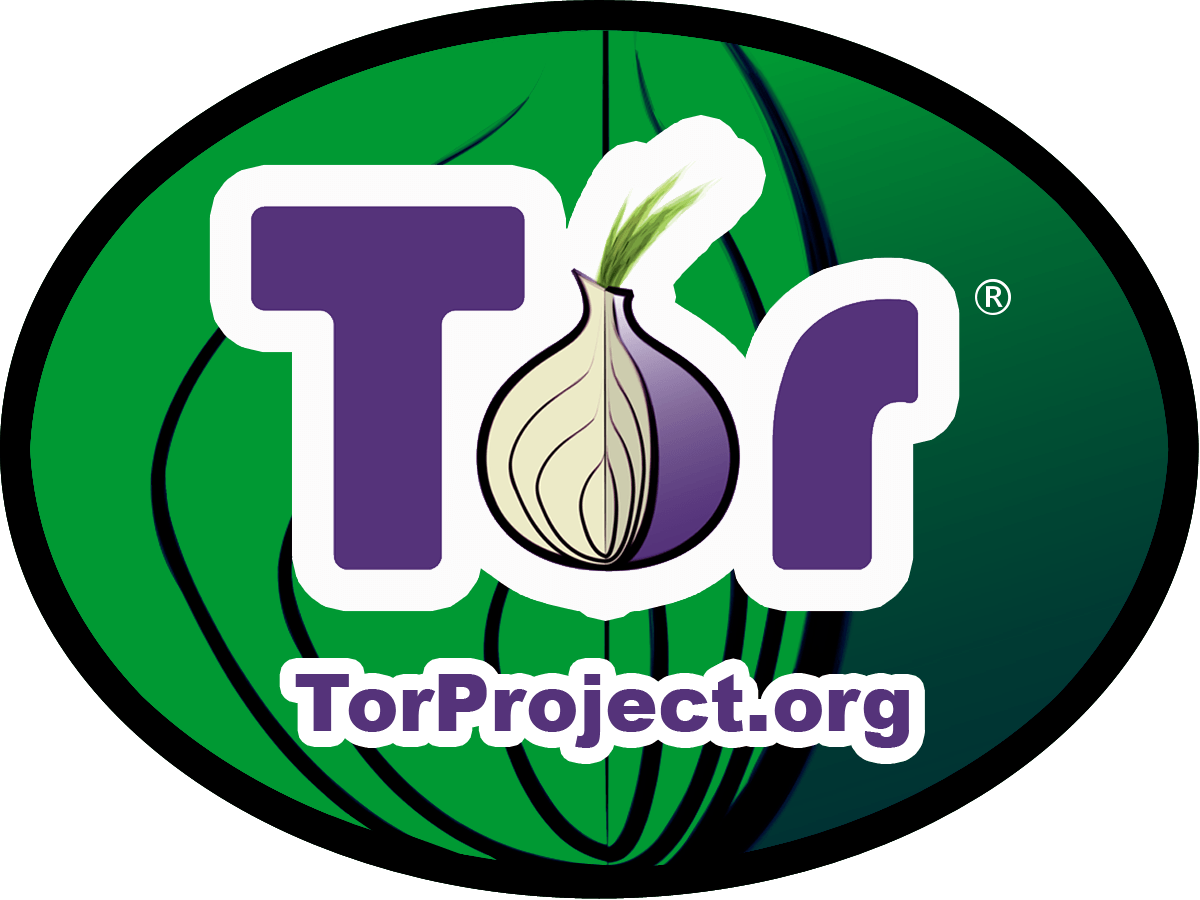Motivation
The internet has abandoned the end-to-end principles on which it was established. With IPv4 addresses depleted, devices are left behind NATs, with the transition to IPv6 yet to restore their public identity. Users have been left isolated by their ISPs, they are pushed to depend on opaque centralised services boosting usability and availability. However, data breaches, DDoS attacks, censorship and mass-surveillance have made individuals re-evaluate their decisions and look for alternatives, a search hindered by data lock-in and network externalities.
The infrastructure exists for building secure distributed systems over a user’s personal cloud of devices. Current approaches require intricate configuration to deal with the diversity of devices, middleboxes and network environments. Developers each try to re-implement solutions to establishing authenticated identities, distributed consensus and availability in the face of mobile nodes, pervasive network partitioning, asymmetric channels and Byzantine failures. Applications sit on top of an unstable stack, which without modification and violation, falls down in the face of everyday challenges, fails to utilise the resources available and slow at deploying new protocols. For example, without Explicit Congestion Notifications wireless traffic is unnecessarily throttled in the face of interference and without Multi-path TCP multiple NICs offer no resilience/speedup for a connection.
With trust in internet services wavering and ever more private data becoming available from the Internet of Things, we must improve on today’s opaque terms of service which minimise legal responsibility and offer few availability guarantees. Can we build a new representation for legally binding contracts between applications and their users, which provides upfront guarantees that are understandable to the user and provably enforced by the application?
State of the Art
 Most of the time, devices are underutilised: CPUs idle, storage to spare and bandwidth unused. The premise that the required physical infrastructure already exists, relies in part, on people being willing to share their resources given a good incentive model. BitTorrent will reward you for sharing files with faster downloads, Bitcoin will trade your computation and storage on the blockchain for cryptocurrency and BOINC allows you to contribute to scientific research. Project Tor allows you to share your bandwidth with people around the world seeking anonymity or bypassing censorship, whilst the Public Access WiFi Service (PAWS) allows you to share bandwidth with your local community.
Most of the time, devices are underutilised: CPUs idle, storage to spare and bandwidth unused. The premise that the required physical infrastructure already exists, relies in part, on people being willing to share their resources given a good incentive model. BitTorrent will reward you for sharing files with faster downloads, Bitcoin will trade your computation and storage on the blockchain for cryptocurrency and BOINC allows you to contribute to scientific research. Project Tor allows you to share your bandwidth with people around the world seeking anonymity or bypassing censorship, whilst the Public Access WiFi Service (PAWS) allows you to share bandwidth with your local community.
Giving data back to its owners allows individuals to make informed decisions about how exactly to distribute their data. Even if the owner chooses to utilise cloud storage for their data, they can still remain in control with systems like Priv.io which allow the user to provide their own cloud storage and grant 3rd party apps access via their browser. Community efforts to address the usab ility challenges often involve packaging a collection of P2P alternatives into a plug and play solution such as Freedom Box and arkOS
ility challenges often involve packaging a collection of P2P alternatives into a plug and play solution such as Freedom Box and arkOS
Approach
Inspired by the previous work in SLAs and financial contracts, I dream of replacing opaque terms of service with a formally defined contract in a domain specific language (DSL). This would allow it to be easily understood by users, stand up in a court of law and be dynamically enforced by the verified applications. But why would service provider choice to adopt such as scheme? Perhaps to minimise expensive legal battles with customers who argue that they didn’t give informed consent} and the poor publicity that follows. Or to difference themselves from the competition, by bowing to users pressure. Ultimately if adopted by a sufficient minority, then regulatory changes could make it the new norm.
Building a personal cloud of devices, ultimately depends on establishing and revoking layers of trust between devices. A popular technique is public key infrastructure, as used in SSL and DNSSEC, but this relies heavily on a trusted certificate authority and sensible key management. I intend to develop an alternative such as utilising a web of trust scheme such as PGP, authenticating a host’s public key by observing it from a range of network vantage points as used in Perspectives or authenticating hosts by consensus as used in Unmanaged Internet Architecture.
I dream we will put aside many of the assumptions which have dominated the discussion on distributed systems, to focus on life at the edge, to build a new federated layer for applications. One which provides consensus algorithms, so data will always be consistent no matter where it is accessed from, even if malicious agents try to gain control of the system. One which puts users first and manages their data responsibly. Unifying an individual’s collection of devices into a secure resilient personal cloud with incentive systems to stimulate fair sharing of excess resources, improving utility and fault tolerance.
Evaluating the project will begin with building applications such as social networking, content distribution or micro blogging over the personal cloud and testing there performance on typical set-ups, against that of centralised services and popular P2P alternatives. Followed by, formal verification of many of the components such as the enforcement of the term of service, as defined by the DSL and the consistency, availability and fault tolerance of distributed system. While a threat model will consider the authentication, encryption and confidentiality properties.